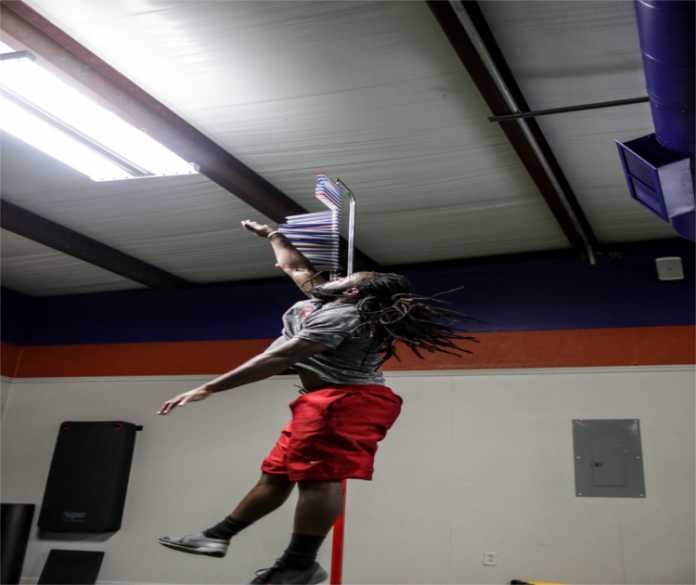Summer is here. For most, this means that baseball season is either at an end or will be soon. As games begin to wind down it is important for both athletes and parents to look ahead. To next season, but more so to repairing damage done during in-season play and developing the athletes potential during the off-season. In order to do that a training plan needs to be put in place and here are five focuses your training plan needs to have: Symmetry, Strength, Core Stabilization, Arm Care, and Rest.
Baseball is a unilateral sport, meaning it involves only one side, usually the athletes’ dominant side. Over the season unilateral sports take a toll on the body, developing asymmetries. These asymmetries may be caused by muscular imbalances in flexibility/strength or increased/decreased range of motion in joints. The first focus of your off-season should be to correct this and bring your body back to balance. Do this by modifying the volume of work you do for each unilateral movement. Example: [Medicine Ball Chest Pass – 4×3 (Right) 4×6 (Left)] The intensity remains equal for each side, but the non-dominant side gets more volume, which allows it to catch up with the dominant side and allows the dominant side to recover from the long season while still keeping its function. Don’t forget, baseball involves the entire body, so unilateral core and lower body exercises should follow the same example as above, same intensity more volume for the non-dominant side.
Strength goes hand in hand with Symmetry, and while coaches and players are making leaps and bounds in baseball strength and conditioning programs, a lot still needs to be learned. Mainly the importance of strength at a young age, baseball tends to be seen as a “skill” sport, meaning it requires hours and hours of technique work in swinging and throwing. But this develops an unilateral athlete, an unilateral person, if all the dominant side skill work is not counteracted by both dominant and non-dominant side strength training.
Along with strengthening the body as a whole, it is important to focus on developing core stability. For several months baseball players have been focused on producing force from the hips/core, now the focus should become less about producing force and more about resisting force from multiple angles. This helps to reduce core based injuries and prepares the athlete for another year of athletic force production at an even higher velocity than before. Their core is prepared and it can only safely and powerfully produce force, if it can safely and powerfully resist force.
The same can be said about an athletes arm care program. The amount of force the athlete can resist correlates to what they can produce. To many times baseball players can be grouped together, because they are all throwers, but they do not all throw the same. And their off-season programs should reflect this. In order to do so athletes must go through a range of functional movement tests, and be categorized in different groups based on laxity and stiffness. If a lax thrower is prescribed more mobility in his arm care program, it will only develop more laxity, which will reduce the amount of force a thrower can produce and put them at risk of injury. The same can be said of stiff throwers. It is important to consult with an expert when designing your off-season arm care program. A strength and conditioning coach or physical therapist can put you on the track to a better season if you participate in an individualized arm care program with them.
Finally, it is important for baseball players to rest, but rest properly. This means players need to minimize the volume of there throwing during the off-season, reduce their focus on the skill of baseball, and switch to a focus based on returning their bodies to optimal performance. The saying goes, “To much of a good thing can be a bad thing.” And this is true when it comes to baseball; early specialization and yearlong competition/practice takes its toll on the athletes’ body, mind, and soul. A well rounded strength and conditioning program can be just the outside stimulus an athlete needs to give them a rest from baseball and prepare them for the upcoming season.
June 2016/ In the Game
Written by Daniel Bayman
Photography by Marque Milla Reese



